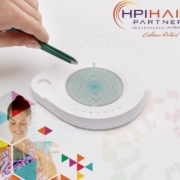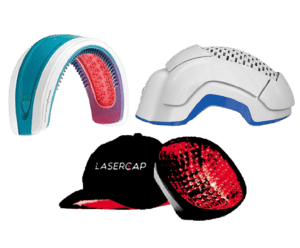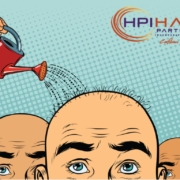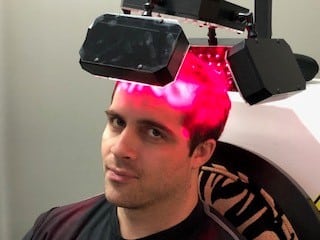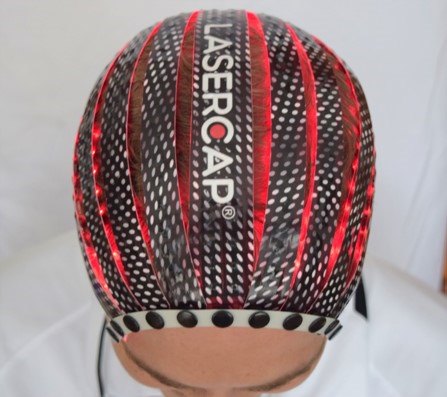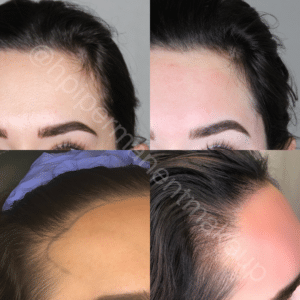How does the laser work?
The laser targets the melanin, the color, in the hair to destroy the follicle to prevent it from producing hair in the future. Those wanting to treat peach-fuzz, blonde, white or grey hair are NOT the ideal candidate for laser hair removal, due to the lack of pigment in the hair.
How long does laser hair removal last?
The results from a single treatment are permanent. However, we must treat all hair growth cycles, that is why you will need multiple treatments. Treatment results vary between clients, but for most clients, 8 treatments are needed for optimal results. You will notice slower growth and thinner/lighter hair as you progress through your treatment plan.
**Hormonal changes can cause additional hair growth, even after completing a full treatment plan.
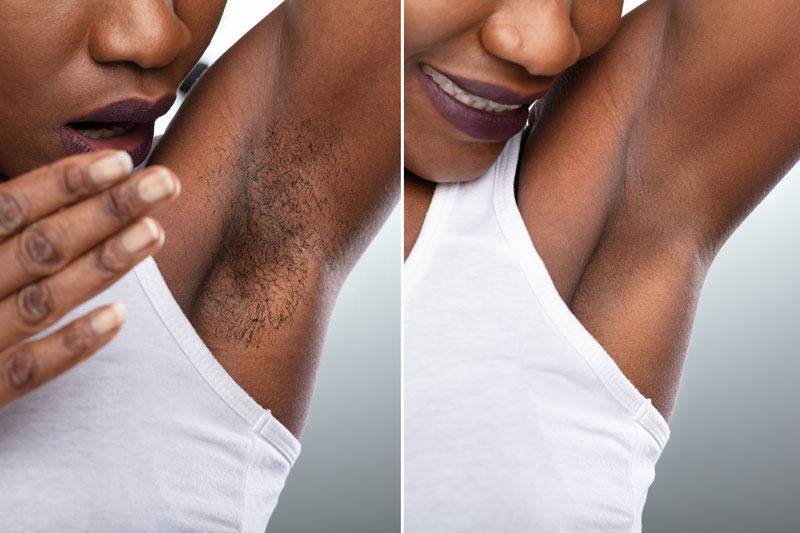
Is Laser Hair Removal Painful?
Laser hair removal is not 100% painless, but new technology allows for very comfortable treatments with minimal to no discomfort. Our laser has a TEC cooling system for ultimate epidermal protection. This helps minimize any discomfort, if any, during your treatment.
What Do I Need to Know Before I Go for My Treatment?
Discontinue any tanning, natural or sunless, up to 14 days before your appointment. Having additional pigmentation on the skin can cause a burn. On the day of or the day before, shave the area to be treated. Longer hair can cause discomfort.
What If I Have Ingrown Hairs?
The laser treatment will help prevent future ingrown hairs. Laser hair removal is an excellent treatment for those who suffer from pseudofolliculitis barbae (1), (razor bumps). Pseudofolliculitis barbae is an inflammatory response surrounding ingrown hairs from shaving. It can occur anywhere hair is shaved or plucked. It is most found on the neck, back of legs, underarms, and bikini areas.
Pseudofolliculitis barbae occurs in nearly 60% of African American men, when curved/curly hair grows back into the skin causing inflammation and a foreign body reaction. Over time, this can cause keloidal scarring which looks like hard bumps of the beard area and neck. Shaving sharpens the ends of the hairs like a spear. The hairs then curve back into the skin causing pseudofolliculitis barbae (2).
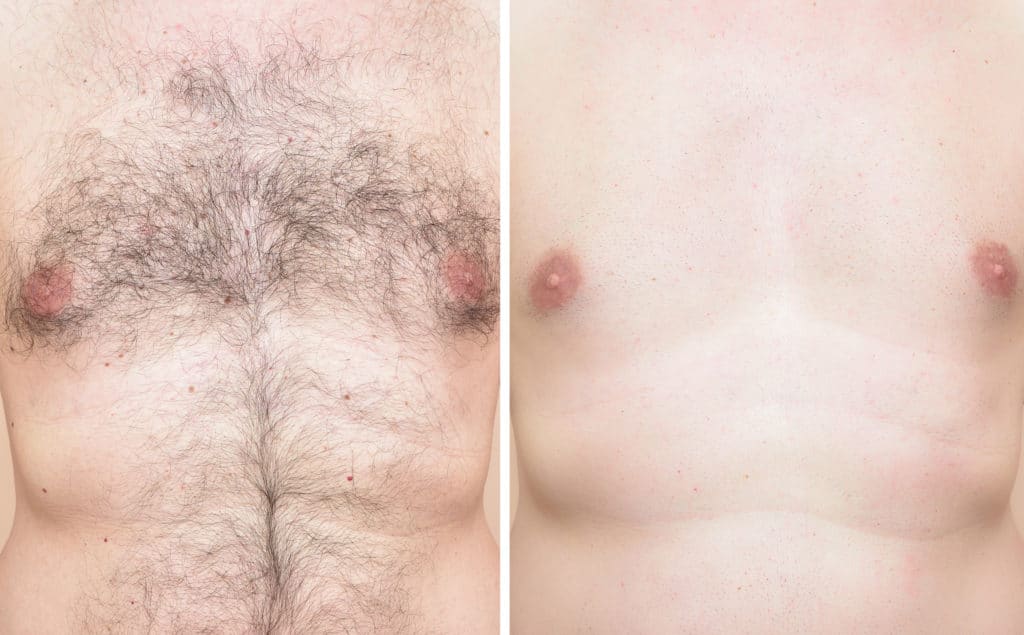
what if i have a tattoo?
Since the laser is attracted to pigment it is not recommended to have laser hair removal on areas that are tattooed, but it is easy to work around them to keep you and your artwork safe.
Are There Any Risks I Should Know About?
Risks and side effects are rare, but you should be aware they can occur. Almost all side effects are preventable. Hyperpigmentation (dark spots)/Hypopigmentation (white spots) can occur when a client has a tan or is using self-tanners. Laser burns can occur but are uncommon. It is important to follow all pre-treatment recommendations and to discuss any concerns with your provider prior to treatment.
WHAT IS THE DIFFERENCE BETWEEN IPL AND LASER HAIR REMOVAL?
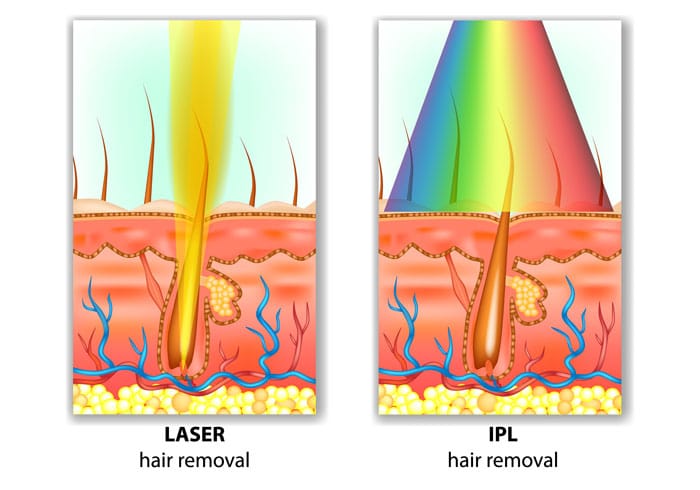
IPL (intense pulsed light) can work for skin treatments and hair removal, but it is important to know that it does not work the same as a laser. IPL is versatile in its treatment because it uses multiple wavelengths. The laser hair removal device uses one wavelength to focus on the pigment of the hair follicle. IPL Hair Removal is not a permanent solution, hair usually returns in 6+ months. Laser hair removal is more expensive up front, but it is cheaper in the long run.
What is the Cost of Laser Hair Removal?
Treatments can be done every 4-6 weeks. Cost depends on the area(s) being treated and their size. The cost for a small area can be as little as $20 and can range up to $1500 for the entire body per treatment. Discounted package pricing is also available.
How Does the Cost Compare to Waxing or Shaving?
Consider how much money you may spend on a nice razor or waxing service that both must be repeatedly done and replaced. Some people will spend upwards of $20,000 in a lifetime on hair removal, like waxing and shaving (3). How much of your time do you waste waxing and shaving?
Is LAMBDA FX safe for darker skin tones?
LAMBDA FX combines Nd:YAG and diode which is the best for dark skin and dark hair. YAG bypasses the melanin in skin and is the safest option for medium to dark skin tones.
Click below for a consultation with one of our laser hair removal technicians!
 Educating our patients about nutritional needs beneficial to the skin and scalp will only increase the success of Microneedling Scalp treatments. There are many factors involved in hair loss and lack luster skin, but this focus is on the nutritional component. Iron rich foods include lean red meat, spinach, beef liver, beans, and shellfish. Iron is essential to produce hemoglobin and low hemoglobin levels bring less oxygen which is a necessity to viable hair follicles. B-Vitamins also aid in creating red blood cells. Food sources of B-Vitamins include salmon, leafy greens, and eggs. Vitamins C and E, antioxidants found in fruits and vegetables, help prevent cell damage and inflammation. Vitamin A in spinach and carrots encourages cell growth. Essential minerals for a healthy scalp include Zinc, found in oysters, pumpkin seeds, and whole grains, and Selenium in Brazil nuts and yellowfin tuna.
Luminous and younger looking skin comes from nourishment from within as well as topical serums with Growth Factors and Peptides. In addition to the above-mentioned vitamins and minerals, essential fatty acids (efa) are beneficial to keeping your skin healthy and vibrant. EFAs are best consumed in diet as the body cannot synthesize them. These Polyunsaturated Fatty Acids (PUFAs) are included in a diet rich in EFAs oily fish, seeds, nuts, and avocados. Essential Fatty Acids include both Omega 3 and Omega 6. It is important that Omega 3 Fatty Acids are at a minimum of a 2:1 ratio to Omega 6 and even as high as a 4:1 ration for optimal health. Inflammation could occur without the correct balance.
We use a proprietary blend of basic Fibroblast Growth Factors (bFGFs) and either Copper Peptides in the Scalp Kits or Hyaluronic Acid in the Skin Kits contain great ingredients to achieve positive results. The benefit of including Copper Peptides with our Scalp Kit shows in thicker, voluminous, younger feeling hair. The presence of Hyaluronic Acid adds moisture and radiance to skin.
Educating our patients about nutritional needs beneficial to the skin and scalp will only increase the success of Microneedling Scalp treatments. There are many factors involved in hair loss and lack luster skin, but this focus is on the nutritional component. Iron rich foods include lean red meat, spinach, beef liver, beans, and shellfish. Iron is essential to produce hemoglobin and low hemoglobin levels bring less oxygen which is a necessity to viable hair follicles. B-Vitamins also aid in creating red blood cells. Food sources of B-Vitamins include salmon, leafy greens, and eggs. Vitamins C and E, antioxidants found in fruits and vegetables, help prevent cell damage and inflammation. Vitamin A in spinach and carrots encourages cell growth. Essential minerals for a healthy scalp include Zinc, found in oysters, pumpkin seeds, and whole grains, and Selenium in Brazil nuts and yellowfin tuna.
Luminous and younger looking skin comes from nourishment from within as well as topical serums with Growth Factors and Peptides. In addition to the above-mentioned vitamins and minerals, essential fatty acids (efa) are beneficial to keeping your skin healthy and vibrant. EFAs are best consumed in diet as the body cannot synthesize them. These Polyunsaturated Fatty Acids (PUFAs) are included in a diet rich in EFAs oily fish, seeds, nuts, and avocados. Essential Fatty Acids include both Omega 3 and Omega 6. It is important that Omega 3 Fatty Acids are at a minimum of a 2:1 ratio to Omega 6 and even as high as a 4:1 ration for optimal health. Inflammation could occur without the correct balance.
We use a proprietary blend of basic Fibroblast Growth Factors (bFGFs) and either Copper Peptides in the Scalp Kits or Hyaluronic Acid in the Skin Kits contain great ingredients to achieve positive results. The benefit of including Copper Peptides with our Scalp Kit shows in thicker, voluminous, younger feeling hair. The presence of Hyaluronic Acid adds moisture and radiance to skin.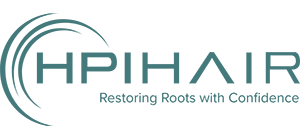

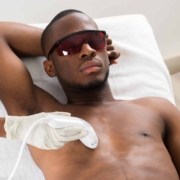
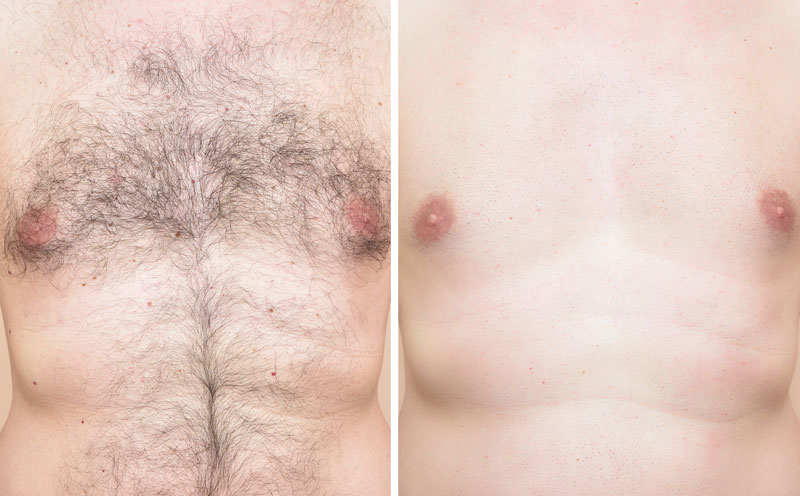
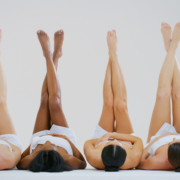

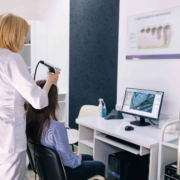
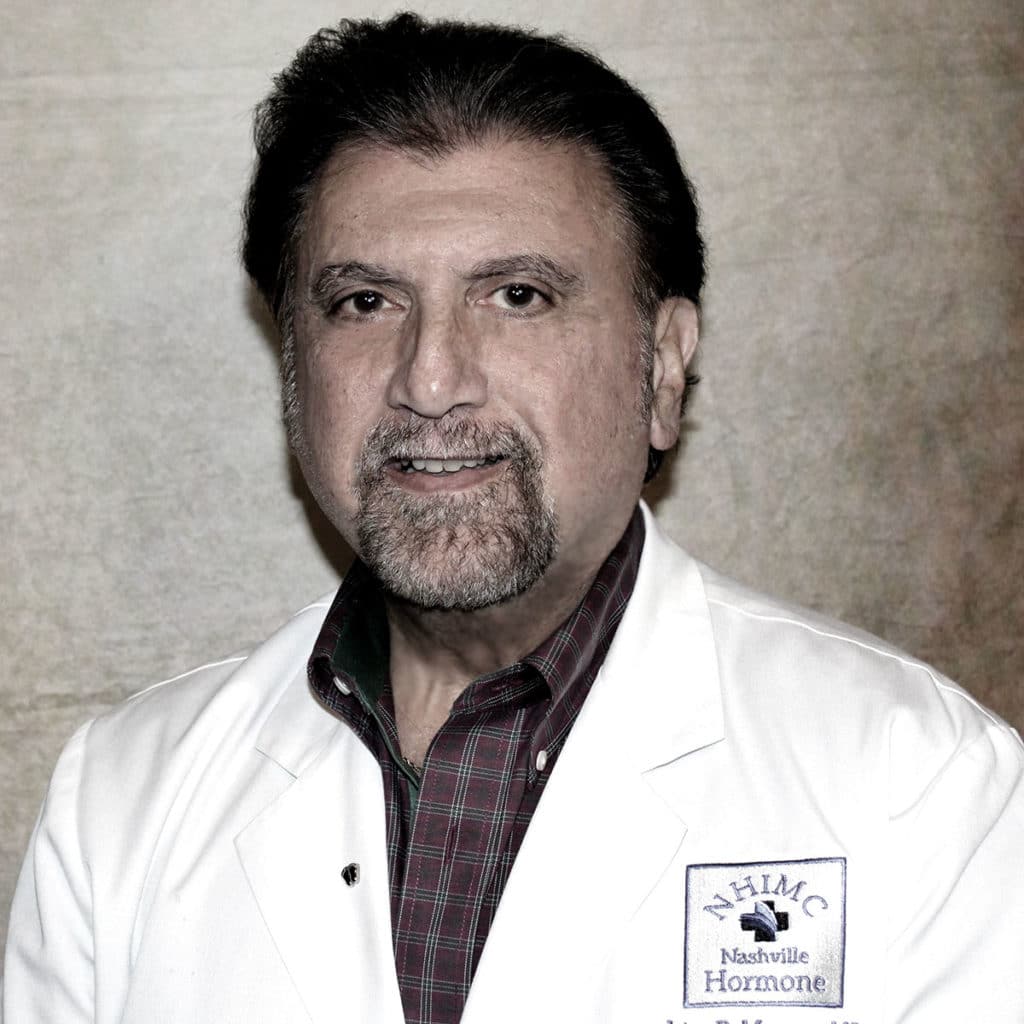

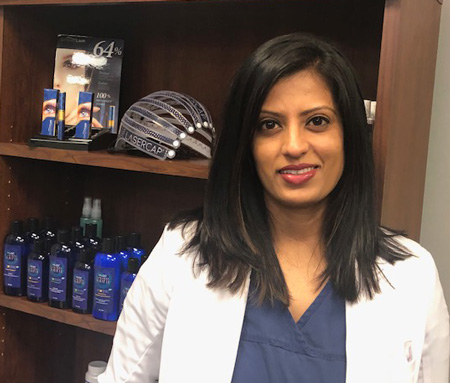
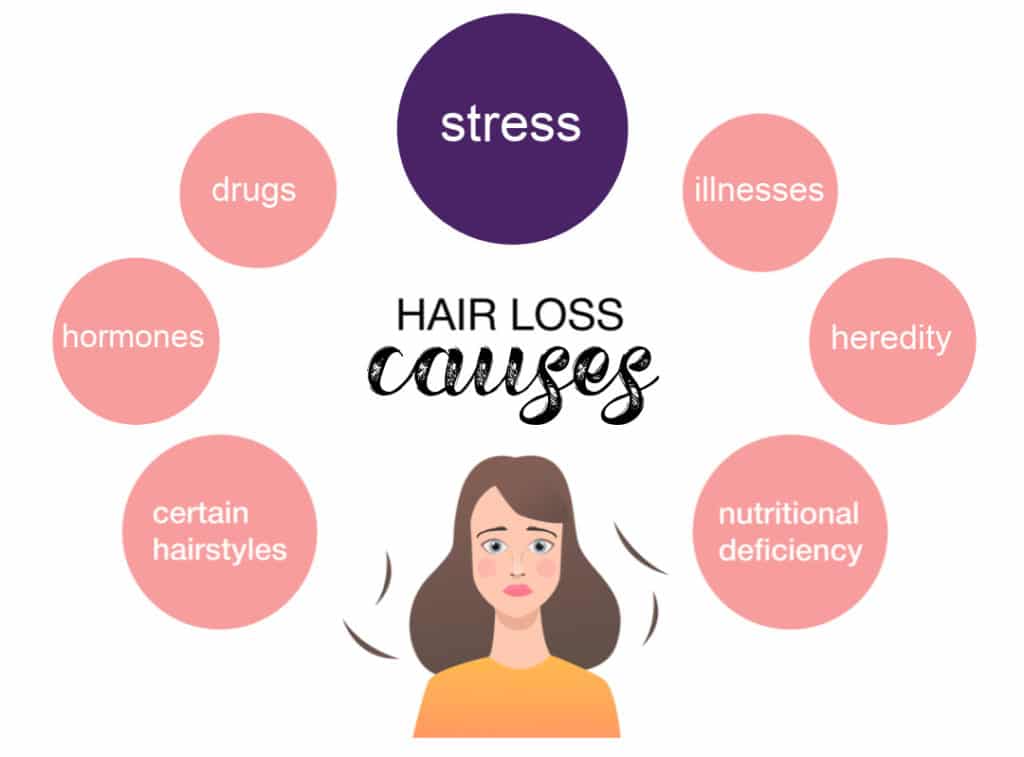 Causes:
Causes: 


